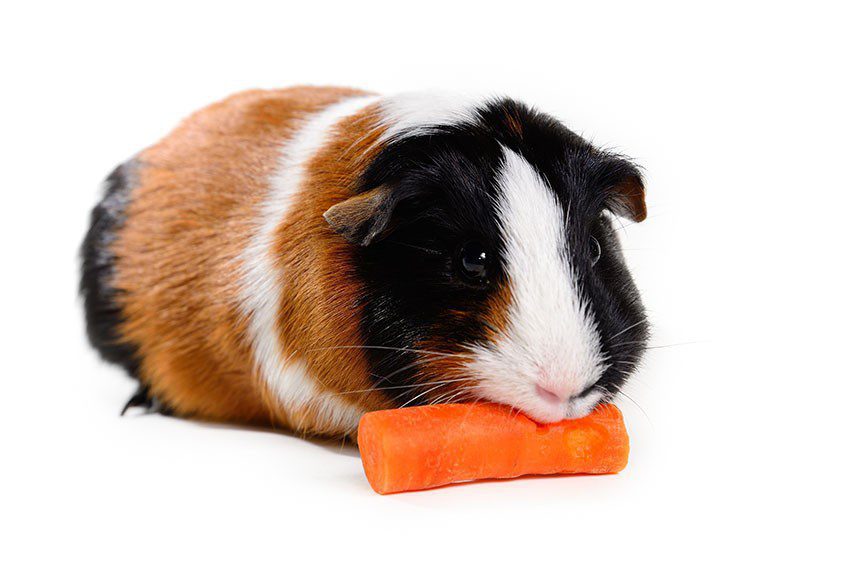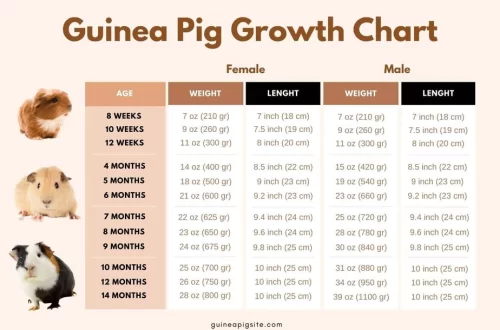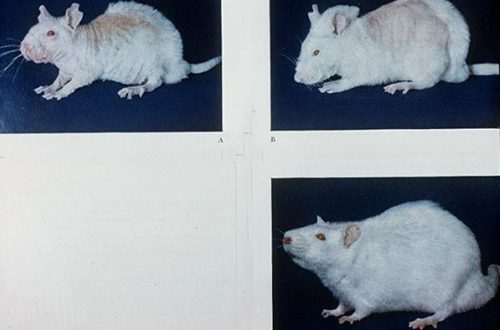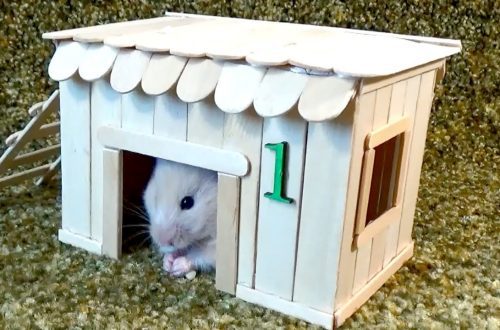
Do guinea pigs shed?
Is your guinea pig losing hair? What is it: molting, a dermatological disease or a consequence of a lack of vitamins? In our article, we tell you whether guinea pigs shed and what could be the reasons for hair loss.
Each of us has heard about the shedding of dogs and cats, but what about guinea pigs? Do they have a seasonal molt? And juvenile (age)?
Guinea pigs shed just like dogs and cats. The coat is regularly updated, and this is a natural physiological process that should not be feared. But if in the wild nature molting traditionally falls at the beginning of autumn and the end of winter-spring, then in conditions of housing maintenance this period may shift. Many owners note that their gilts shed more than twice a year, regardless of the season.
Juvenile (age) molting in the life of a guinea pig occurs once, at about 3-4 months. At this time, soft children’s fur is replaced by a tougher adult fur coat. As a rule, the pet easily survives this period.
The first thing the owner needs to learn is that the natural molting of a healthy guinea pig proceeds almost imperceptibly. You may notice hair loss and slight changes in your pet’s behavior. But if the coat falls out very much, if bald patches and skin damage occur, if the mumps itches a lot and worries, most likely you are not dealing with a molt.
Shedding is a healthy natural process, and the pet does not require any special complex care.
The main thing is to ensure the correct conditions of detention, balanced feeding, drinking and proper hair care. The fur coat of medium and long-haired pigs must be carefully combed so that it is updated in a timely manner and does not stray into tangles. Purchase a special convenient tool for combing a pet (very effective, for example, the original FURminator for small rodents). It is important to keep the cage clean, do not leave half-eaten treats and choose the right bedding, otherwise the coat will get dirty and lose its healthy, well-groomed appearance.
Why does a guinea pig shed hair?
Hair loss in a guinea pig is not always a molt. Other common causes:
lack of vitamins in the body,
wrong conditions,
injury,
stress.
For example, wool can begin to shed after switching to a new food, after therapy or transportation, and also when the temperature or humidity in the room where the cage is not suitable is not suitable. It is also worth analyzing the diet of the pet. How balanced is his diet? For example, a lack of vitamin C in the diet, water- and fat-soluble vitamins, macro-, microelements can cause severe molting and diseases of the skin and coat. Usually, if you “catch” the problem in the early stages and correct care errors, the pet’s coat is quickly restored.
Falling hair can also be a symptom of:
internal diseases, which the owner of the mumps might not even suspect,
dermatological problems,
allergic reaction
infection with parasites, fungus.
In these cases, the deterioration of the coat is often accompanied by itching, dandruff, scratching and inflammation on the skin, bald patches, restless behavior of the pet or, conversely, apathy, refusal to eat, weight loss – any conditions that are not characteristic of your pet in a normal healthy life. Any of these signs should immediately alert the owner.
Do not worry: in our time, almost all diseases are treated. However, the success of treatment directly depends on how quickly you react. The sooner you contact a veterinarian, the sooner you fix the problem and start the right therapy, the more likely it is that your pet’s health and appearance will return to normal without serious consequences for the body.
The correct tactic for hair loss is to contact a veterinarian specializing in rodents as soon as possible. If, after examining the pet, he says that it’s all about molting, that’s great! You can relax and continue to properly care for your pet. But if the cause is something else, you will get a chance to fix the problem in the initial stages and prevent possible complications.
The danger lies in the fact that the symptoms in rodents develop very quickly. By not responding in time to “alarm” calls or by doing “self-treatment”, you can start the situation and put your pet’s life at risk. We hope this story is not about you.
Trust the health of pets to trusted professionals and strictly follow the doctor’s recommendations. We wish your pets good health and the most brilliant coat!





